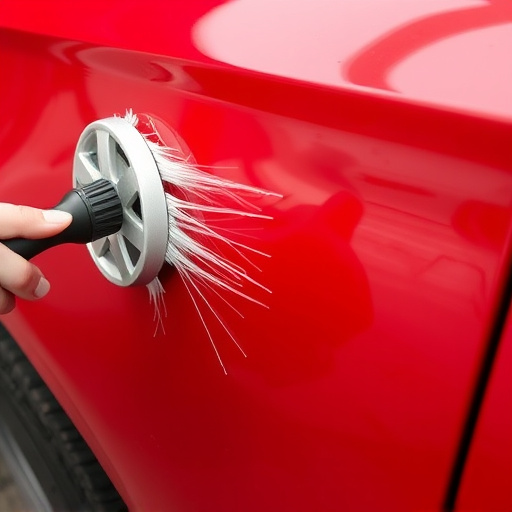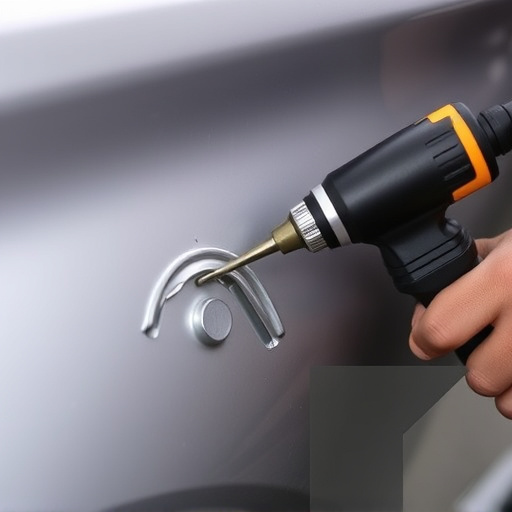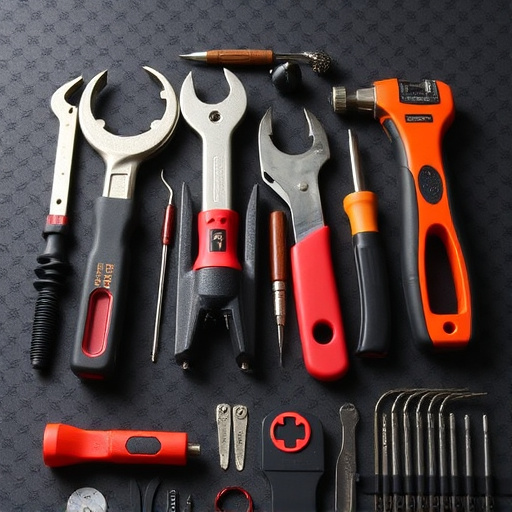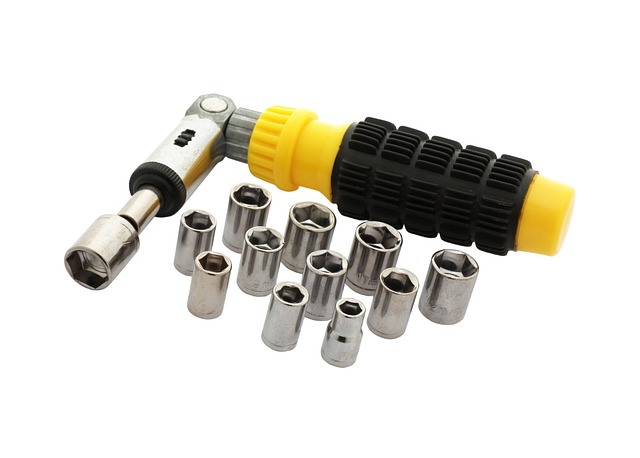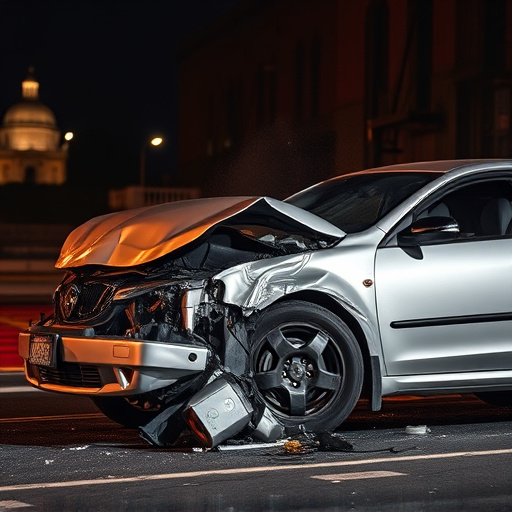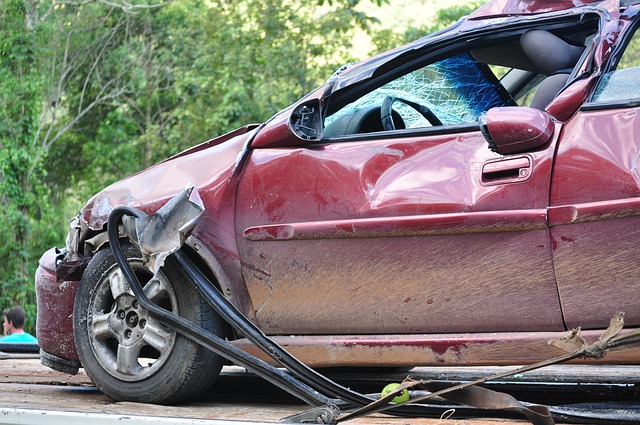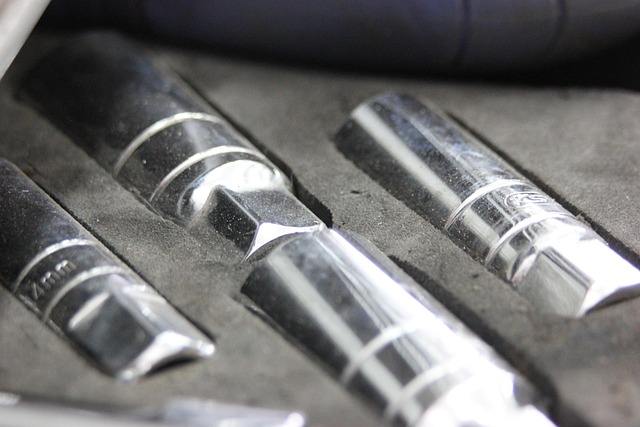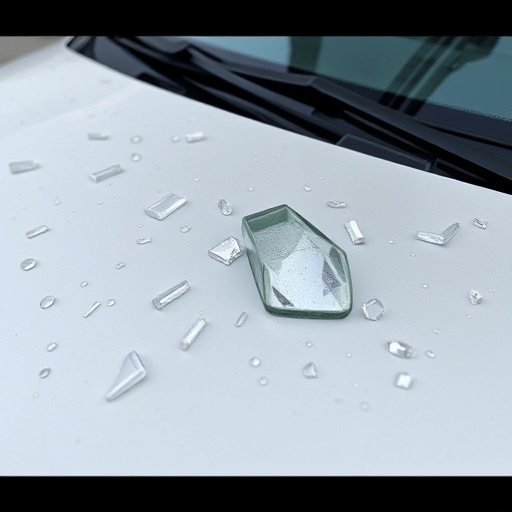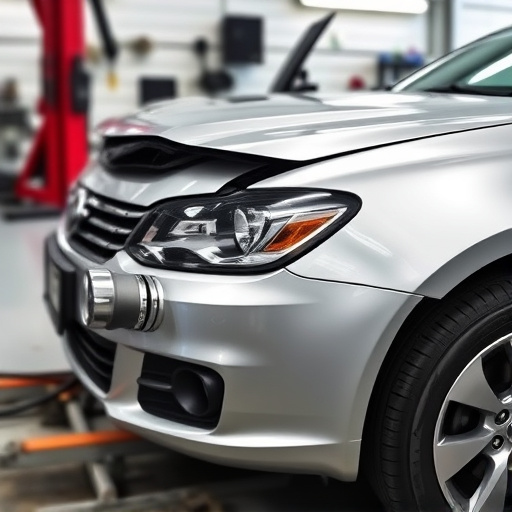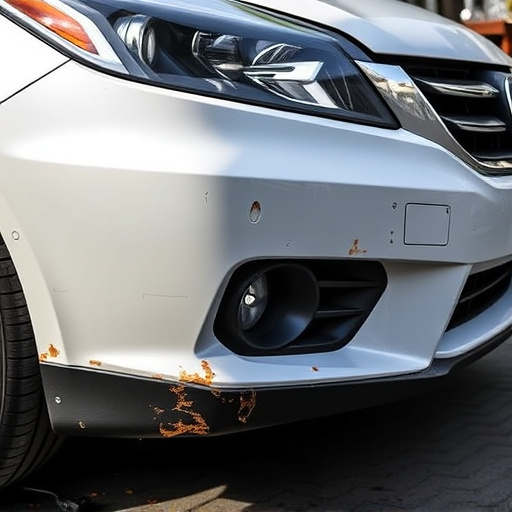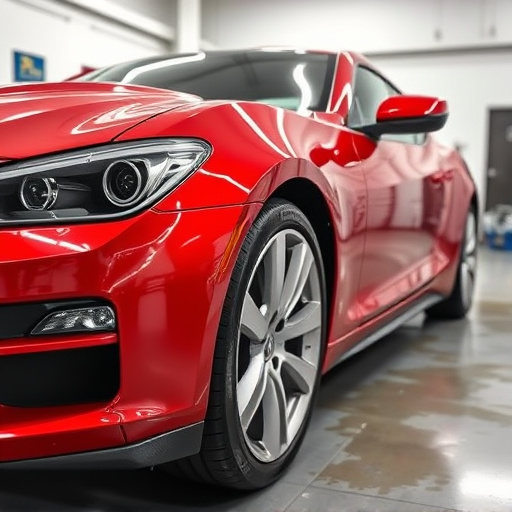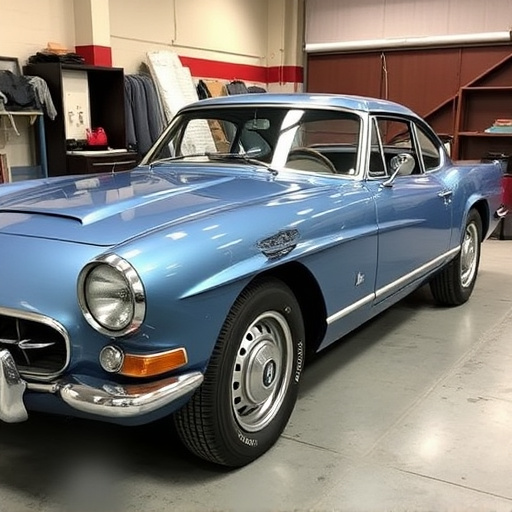Mercedes repair certification is vital for maintaining the exceptional service standards expected from Mercedes-Benz vehicles. It requires technicians to meet rigorous criteria covering mechanical expertise and understanding of advanced technologies like Adaptive Driver Assistance Systems (ADAS). Certification ensures comprehensive auto repair services, including bodywork and painting, while preserving vehicle performance, safety, and aesthetics. Staying updated with evolving standards is crucial as Mercedes innovates, empowering certified professionals to tackle modern automotive challenges effectively. Calibration, a key aspect of certification, ensures ADAS sensors function accurately, enhancing safety features and adhering to manufacturer guidelines for collision repair services.
Mercedes repair certification is a crucial step for technicians aiming to service modern vehicles. With Advanced Driver Assistance Systems (ADAS) becoming standard, understanding their role and how to calibrate them accurately is essential. This article explores the evolving landscape of Mercedes repair certification, focusing on ADAS and calibration standards. By delving into these key areas, we highlight the importance of staying current with industry standards for safe and effective repairs.
- Understanding Mercedes Repair Certification Requirements
- Advanced Driver Assistance Systems (ADAS) and Their Role in Modern Vehicles
- Calibration Standards for Safe and Effective Repairs
Understanding Mercedes Repair Certification Requirements

Mercedes repair certification is a critical aspect when it comes to ensuring top-notch service for these luxury vehicles. To meet the high standards set by Mercedes-Benz, technicians and workshops must adhere to specific requirements. This involves understanding not just the intricate mechanics of the cars but also the advanced technology they incorporate, such as ADAS (Advanced Driver Assistance Systems) and their precise calibration.
Gaining Mercedes repair certification requires a comprehensive knowledge of auto repair services, including skilled expertise in areas like car bodywork and auto painting. Workshops must demonstrate their capability to handle complex repairs while maintaining the vehicle’s performance, safety, and aesthetics. Staying up-to-date with the latest standards is vital, as Mercedes continues to innovate, ensuring that certified technicians can offer the best solutions for modern automotive challenges.
Advanced Driver Assistance Systems (ADAS) and Their Role in Modern Vehicles
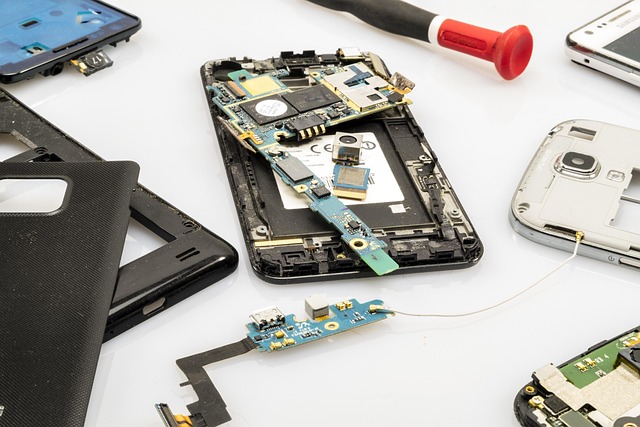
Advanced Driver Assistance Systems (ADAS) have become integral to modern vehicles, revolutionizing safety and driving experience. These systems leverage a network of sensors, cameras, and radars to detect and predict potential hazards on the road, enabling the vehicle to take corrective actions or warn the driver. ADAS technologies such as adaptive cruise control, lane-keeping assist, blind spot monitoring, and automatic emergency braking are now standard features in many Mercedes vehicles, setting new benchmarks for safety and luxury.
For a car body shop specializing in Mercedes repair certification, understanding and mastering ADAS is crucial. As these systems become more complex, proper calibration and alignment are essential to ensure their optimal performance. Auto body work and auto painting professionals must be adept at calibrating sensors, checking software updates, and ensuring precise adjustments to meet the stringent standards set by Mercedes and the automotive industry at large. This expertise not only guarantees the safety of ADAS-equipped vehicles but also enhances the overall quality of auto body repair services provided.
Calibration Standards for Safe and Effective Repairs
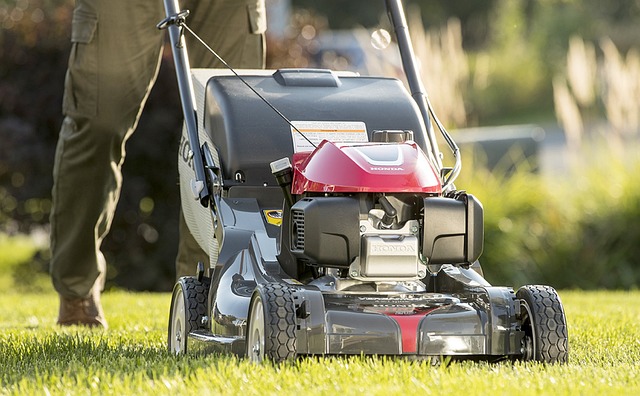
Calibration plays a pivotal role in ensuring safe and effective Mercedes repairs, particularly when it comes to Advanced Driver Assistance Systems (ADAS). These systems, designed to enhance vehicle safety, rely on precise sensor calibration for optimal performance. Uncalibrated sensors can lead to inaccurate data readings, compromising the effectiveness of features like lane-keeping assist, automatic emergency braking, and adaptive cruise control. Thus, a crucial aspect of Mercedes repair certification is mastering these calibration standards.
Technicians must be adept at using advanced tools and techniques to calibrate various systems within a vehicle, from complex electronic modules to mechanical components. This involves meticulous attention to detail and adherence to manufacturer guidelines to maintain the integrity of the vehicle’s safety features. Proper calibration not only guarantees the seamless functioning of ADAS but also ensures that collision repair services meet the highest standards, ultimately safeguarding drivers and passengers on the road.
Mercedes repair certification is more than just a skill; it’s a commitment to safety and technological advancement. By understanding the intricacies of ADAS and adhering to strict calibration standards, technicians ensure that modern vehicles function at their peak. This comprehensive approach not only maintains the performance and reliability of Mercedes vehicles but also safeguards drivers and passengers alike on the road.
